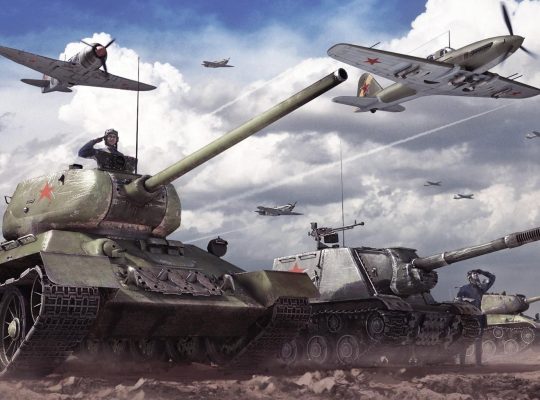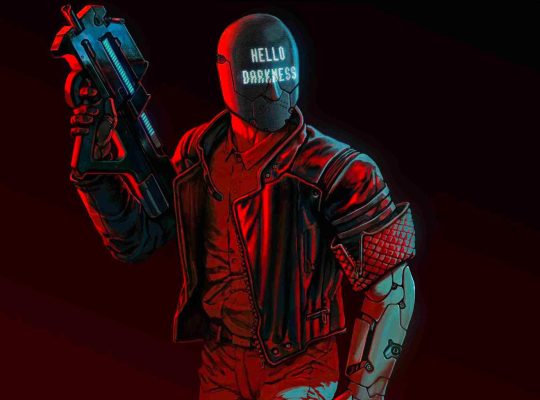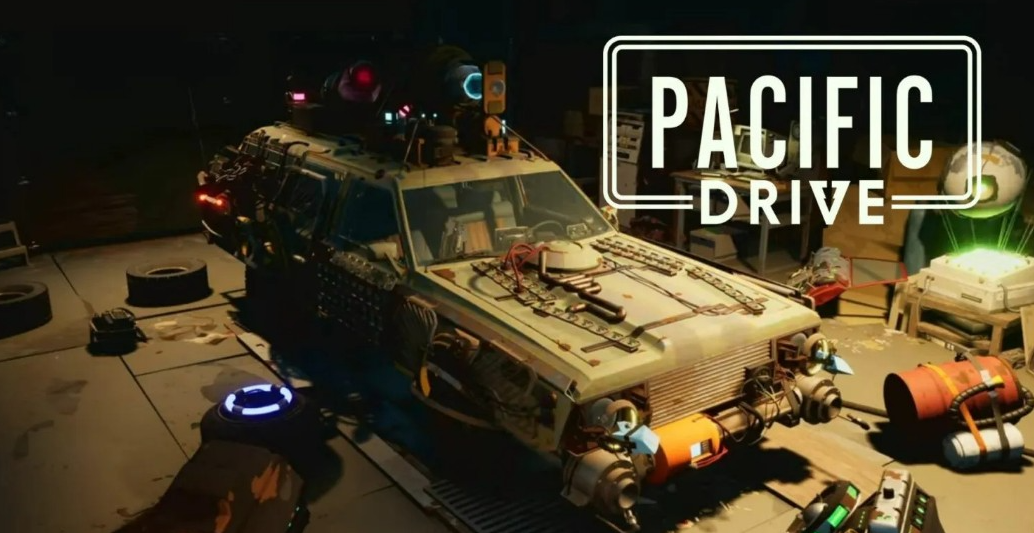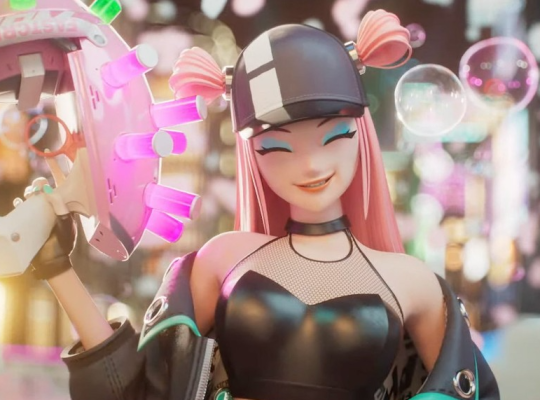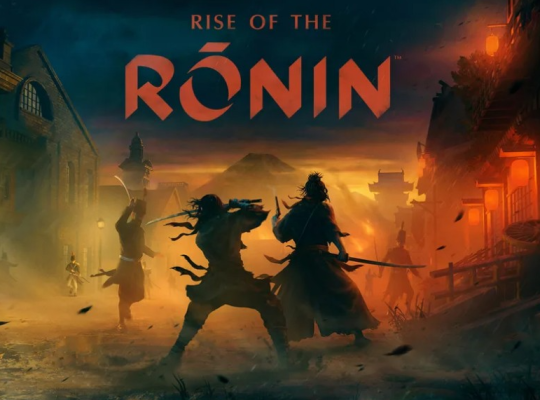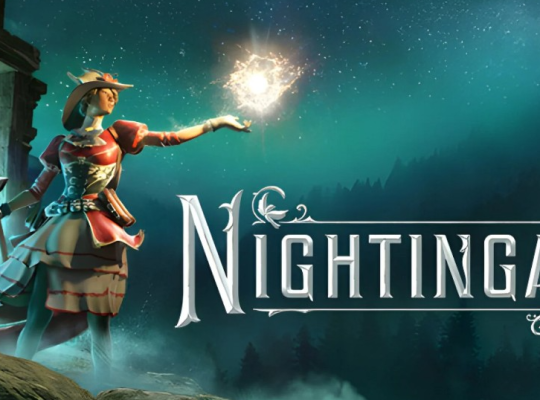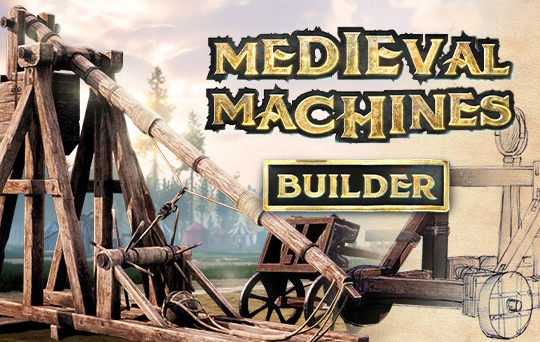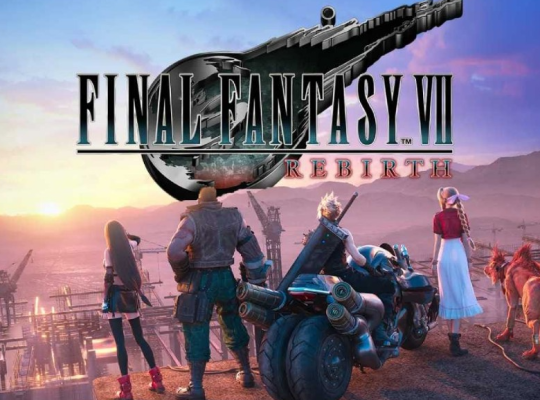Pacific Drive stands out as one of the best vehicles in the world of video games. However, players find themselves torn between the exhilarating joy of speeding through the hostile environment in this fantastic wagon and the inevitable need to abandon it for on-foot exploration, where the game loses some of its luster. Nevertheless, the experience of navigating the tumultuous world in Pacific Drive injects a thrilling and innovative twist into the survival genre.
A defining moment in Pacific Drive occurred during a novice episode, where I found myself driving through the chaotic collapse of reality. With my car disintegrating and my health teetering on the brink of zero, a last-minute escape through the gateway saved me, transporting me back to the safety of the garage.
In terms of both narrative and gameplay, Pacific Drive offers a unique experience that sets it apart from other games. Stranded in the enigmatic Olympic Exclusion Zone (OEZ) in the Pacific Northwest, a region sealed off due to inexplicable phenomena, players must navigate their way out of a place notorious for swallowing those who enter. The game follows a roguelite format, where players embark on runs driving a station wagon through semi-randomly generated levels, gathering crafting materials and crucial resources. The goal is to race against a storm, reaching a spacetime-disrupting gateway that propels them back to the safety of an abandoned auto shop. Here, players deposit resources and use them to enhance their vehicle and character for subsequent runs.
Despite facing challenging and sometimes seemingly insurmountable situations, the formula remains engaging for over 20 hours of gameplay. Pacific Drive maintains its appeal through meticulous attention to detail and depth, presenting a consistent challenge that evolves with each improvement made to the car. The game unfolds, following the familiar cadence of many roguelites, with progress marked by two steps forward and the occasional step back.
Pacific Drive: Navigating Chaos in the Olympic Exclusion Zone
In the aftermath of mysterious science experiments gone awry on Washington state’s Olympic Peninsula, the government erected a formidable concrete barrier, confining the area within what is now known as the Olympic Exclusion Zone. Armed with nothing but a battered clunker, a dimly lit garage workbench, and guidance from eccentric scientists communicating via radio, players find themselves thrust into a perilous journey.
The zone, segmented into maps called junctions, presents a fragmented landscape of fog-shrouded pine forests, mist-laden marshes, and charred hills. Escaping this confinement demands exploring one junction at a time, scavenging resources from cluttered cabins, rusted car frames, and abandoned science workshops left behind by the government. Back in the garage, players utilize found items to craft improved car components, research new technologies, and mend any damages sustained during their journey. Progress unfolds gradually as junctions unlock roads to new territories, expanding the map until players can embark on extended multi-junction excursions deep into the peninsula.
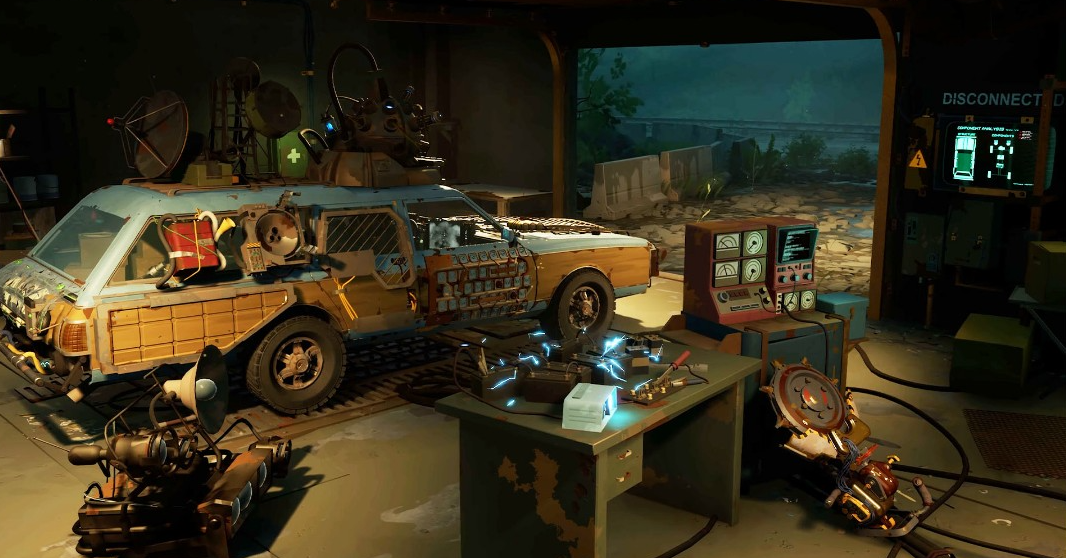
However, the zone itself becomes a relentless adversary, deploying bizarre and deadly anomalies. Crackling electrical entities creep along the ground, disrupting car electronics, while massive radiation patches sap health. Hovering mechanical monstrosities snatch cars off roads and drag them into the trees, while others systematically dismantle vehicles, ripping off doors and bumpers. Unpredictable weather events, featuring gusts strong enough to push cars off roads and geyser-like anomalies showering green goo, intensify the challenge.
Despite occasional overwhelming scenarios, Pacific Drive delivers a thrilling experience. Players leap from their wagons to scavenge buildings, peel steel off abandoned cars, and evade hovering menaces while navigating spiky anomalies. Driving through the trees, with a dashboard bathed in sparks from electrical blasts, players endure the exhilarating challenge, pushing their faltering cars to reach safe exits just as mega-storms hit. Pacific Drive captures the essence of navigating chaos within the confines of the Olympic Exclusion Zone, delivering moments of both frustration and pure exhilaration.
Pacific Drive: Nurturing Your Wagon Through the Apocalypse
In the vast expanse of Pacific Drive, the survival narrative takes a unique turn, centering almost exclusively on the well-being of your trusty four-wheeled companion. While the driver is endowed with a simple health bar, the true complexity lies within the intricately modeled vital organs of your wagon. Each component, from doors and panels to bumpers and windows, boasts its own health bar, vulnerable to an array of damages – physical, electrical, acid, or radiation-related, accompanied by a myriad of status effects such as flat tires, leaky fuel tanks, shorted-out batteries, and loose wheels.
Unlike traditional gaming repair mechanics, Pacific Drive introduces a nuanced durability system reminiscent of real-life wear and tear. While diligent maintenance can temporarily patch up issues, the inevitability of components deteriorating over time adds a layer of realism to the gameplay. The use of duct tape and a blowtorch extends the life of a part, but not indefinitely, providing a fair and challenging aspect to the vehicular survival experience.
In the realm of Pacific Drive, the equivalent of eating and drinking for humans translates to the constant need for gasoline and electricity to nourish your mechanical steed. The game ingeniously incorporates alternative power sources, allowing players to craft and install unique devices to keep their car’s metal belly full of ‘nutrition.’ Multiple batteries strategically placed under the hood, on the roof, and in the back seat ensure a continuous supply of power. Even when faced with sparks emanating from a potentially hazardous battery mounted in the back seat, the determined player opts to retain it, exemplifying the tenacity required for survival in the Pacific Northwest’s hostile landscape.
Experimenting with ingenuity, players construct specialized devices like a turbine capturing wind power and a sci-fi gadget converting rainwater into electricity. While fantastical, these additions contribute to the immersive experience, blurring the lines between science fiction and reality within the confines of Pacific Drive. The wind and rain, characteristic of the Pacific Northwest, become not just environmental challenges but opportunities for the battery to recharge itself, leading to a sense of accomplishment as the meter steadily fills – a testament to the player’s commitment to caring for their cherished wagon.
The abundance of crafted science gizmos sprawled across the car serves essential functions. A resource radar enhances supply runs, transforming each excursion into a precise, surgical strike rather than a hopeful scavenger hunt. A massive floodlight attached for nocturnal missions and a device synthesizing fuel from the peculiar atmosphere of the zone further showcase the adaptability and resourcefulness demanded by the game.
Among the ingenious contraptions is a literal lifesaver – a healing device within the driver’s seat, surpassing the conventional health kit use outside the car. However, the pinnacle of defensive prowess is the forcefield, a game-changing addition that thwarts the attempts of hovering anomalies to snatch parts of the car. The triumphant activation of the forcefield, preventing these monsters from seizing coveted components, is met with a triumphant exclamation: “Ha ha ha! Suck it!”
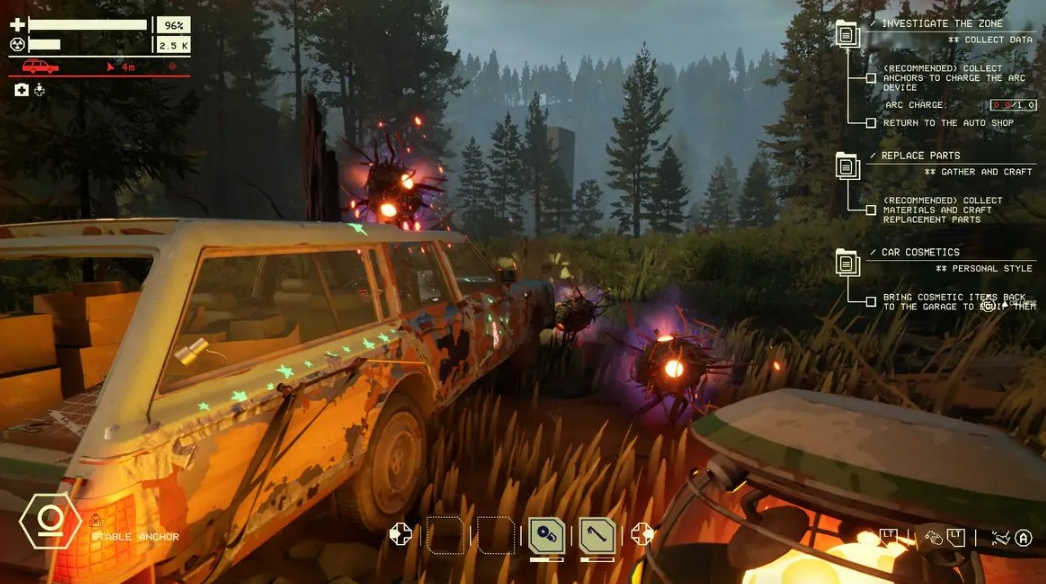
In the immersive world of Pacific Drive, the narrative is not just about survival but about the symbiotic relationship forged between the player and their resilient, upgraded wagon. It is a testament to the game’s intricacies and the joy derived from nurturing a mechanical companion through the challenging landscapes of the Olympic Exclusion Zone.
Pacific Drive: Navigating the Thrills and Trudges of Resource Gathering
In the expansive world of Pacific Drive, my affection for steering my quirky car through the enigmatic zone and catering to its unique needs in the garage is undeniable. However, the exhilarating experience of scavenging for resources eventually transforms into a somewhat monotonous trudge. Initially, the act of leaving my car and fearfully scuttling into buildings for junk or salvaging parts off wrecks is thrilling. The encroachment of anomalies and storms adds an adrenaline-fueled urgency, turning looting into a frantic and entertaining race against time.
Yet, as the variety of containers, skeletal cars, labs, and cabins diminishes, the once-exciting scavenging starts feeling mindless and repetitive. Yearning for more diverse resource generation methods akin to other survival games, I occasionally imagine growing swamp eggs in the bathroom sink or constructing a personal plasma generator in my garage for periodic resource yields.
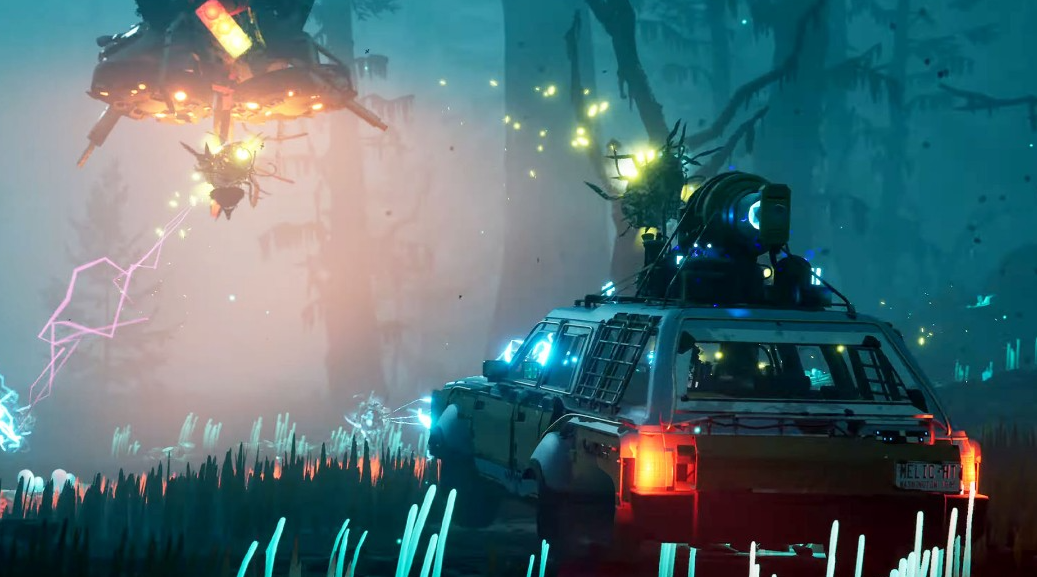
However, Pacific Drive remains true to its essence as a driving game, not a farming simulator. The road is my lifeline; if I require something, hitting the road becomes imperative. While some zone excursions may be overly brutal, and resource collection tasks occasionally teeter on monotony, these shortcomings pale in comparison to my affection for the whimsical sci-fi station wagon.
The thrill of roaring back into the zone for another mission, whether it results in a fruitful success or a frightful failure, is an irresistible draw. Despite occasional exasperation, I find solace in the garage, dedicating extensive periods to repairing and replacing every component with scrap metal, duct tape, and a generous dose of affection. In the ever-evolving landscape of Pacific Drive, the dichotomy between the trudges of resource gathering and the undeniable allure of the driving experience creates a unique and captivating gameplay dynamic.
Pacific Drive: A Love Letter to Your Wagon in the Zone
Embarking on Pacific Drive often feels like stepping into a mechanic simulator, a testament to the meticulous attention given to the details and care surrounding your cherished car. The level of customization, persistent damage, and the array of peculiar occurrences add layers to the immersive experience, elevating the act of looking after your vehicle into a labor of love. The metal chassis becomes more than a means of transportation; it evolves into a lifeline, consistently rescuing you from the clutches of purgatory.
The sheer delight of personalization unfolds as you invest time in fitting new wheels, experimenting with various paint colors, adding whimsical decals, and even bestowing your car with a unique bee hood ornament. The bond between player and car deepens, and the vehicle transforms into an extension of the player’s identity.
However, the journey is not without its challenges, as quirks and malfunctions become part of the narrative. Unveiling these issues requires a visit to the garage’s terminal, where you engage in the meticulous process of diagnosis. Simple problems, like the car engaging the handbrake when turning right, coexist with more cryptic and elusive malfunctions, adding an element of unpredictability to the maintenance routine.
The garage becomes a haven where hours are spent tinkering and fine-tuning, fostering a profound connection with the now beloved car. Yet, as you venture into the Zone, the stakes escalate. In most games, personal well-being takes precedence since respawning is the norm, and inventories are typically the sole point of vulnerability. However, Pacific Drive shifts the paradigm. The heart-wrenching reality sets in – the thing you’ve poured hours into, meticulously crafting and nurturing, is now at risk. The journey forward and resource gathering become ventures charged with tension, as the fear of witnessing harm befall your cherished wagon looms ever-present.
In the unique realm of Pacific Drive, the game transcends a mere vehicular experience, evolving into a heartfelt connection between player and car, where the fate of the metal companion holds genuine emotional weight.
Pacific Drive: Navigating the Perils with Purpose
In the heart of Pacific Drive, the survival roguelike essence of the gameplay loop adds an intense layer to the overall experience. A map in your garage becomes your guiding tool, highlighting previously explored routes alongside new paths for exploration. However, the dynamic nature of the game ensures that even retracing your steps yields fresh and captivating locations, courtesy of procedural generation. The choice lies not in the repetition of routes but in determining the direction – an exploration of the region or a daring plunge deeper into the mysterious Zone.
Post-exploration, a foreboding red cloud of instability emerges, signaling heightened dangers upon revisiting the same location too soon. The consequences are profound, amping up expected hazards to an unprecedented level. This intensification guarantees a heightened sense of chaos, with more components in dire need of repair if survival is to be achieved.
Delving deeper into the Zone, a progression that propels the narrative forward, unveils escalating threats. The pacing feels deliberate, allowing players to acclimate to the bizarre occurrences, familiarize themselves with hazards, and upgrade their vehicles before confronting the challenges of the mid-zone. The transition brings an onslaught of perils, testing the resilience of the once-sturdy car.
Maintaining radio contact with characters dwelling in the Zone adds a narrative layer to the gameplay. Each character harbors unique motivations for remaining behind post-evacuation, and players gradually unravel their stories and the undisclosed events that transpired within the Zone. The garage serves as a secure haven, immune to the instability lurking outside. With every run and mission, the plot advances, collaborating with these characters to delve further into the Zone, unraveling the core mystery amid the looming dangers.
In Pacific Drive, the interplay between exploration, survival, and narrative progression creates a dynamic and compelling gameplay experience, where each venture into the Zone uncovers new challenges and deeper layers of the overarching story.
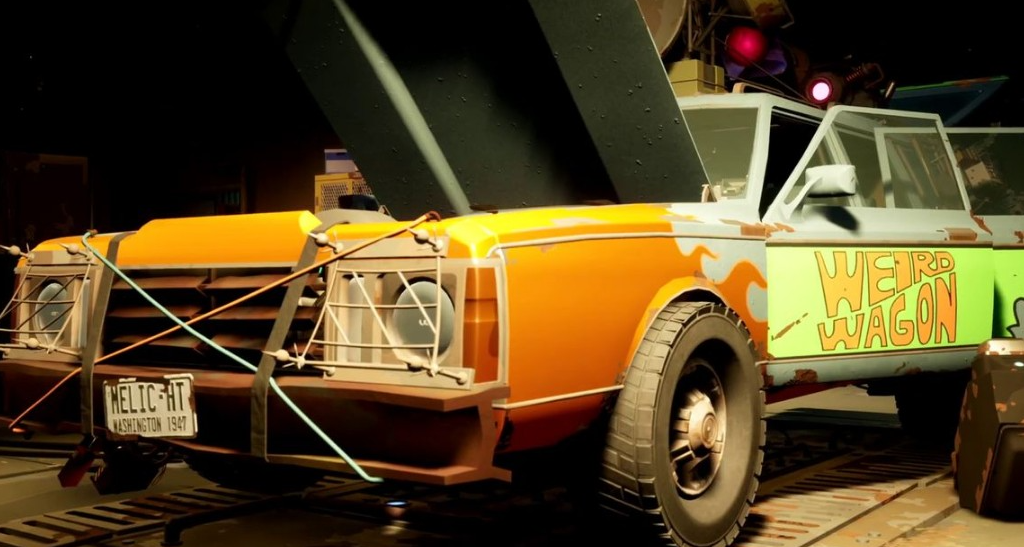
Pacific Drive: Navigating the Roadblocks of Unpredictable Challenges
In the realm of Pacific Drive, the amalgamation of unpredictable dangers and the confinement to predetermined multi-stage drives introduces a formidable set of challenges, occasionally leading to costly mistakes and a sense of unfairness when faced with unforeseen setbacks. The presence of adversaries capable of forcibly pulling your car off the road, resulting in high-speed crashes, adds an element of constant peril. Even with a comprehensive understanding of these threats, equipped with avoidance tactics and preventive upgrades, the sudden appearance of one around a corner can spell instant disaster, leaving your meticulously crafted car in ruins mere seconds into a multi-stage run.
Compounding the challenge is the sheer density of information within Pacific Drive, coupled with minimal in-game explanations. With nearly 30 points for attaching various components to your car and 12 separate leveling trees to unlock, the game demands a substantial amount of information processing. The lack of detailed explanations for the gear and upgrades can lead to missed opportunities, as certain items may not initially seem crucial. For instance, the ‘Outfitting Station’ is ambiguously described as allowing you to ‘upgrade yourself,’ failing to convey its actual function of crafting protective clothing and armor.
Overcoming these challenges often feels like an arduous ordeal, occasionally leaving players embittered rather than empowered, even for seasoned zone veterans. Despite adeptness in dealing with the hazards, the risk of succumbing to a single error persists. Acquiring certain resources remains challenging, and the overlap between essential craftable items can hinder the prompt replacement of vital components. The frustration intensifies when crucial gear reaches ‘weary,’ ‘rusty,’ or ‘unreliable’ states, necessitating complete replacement, making failure an inevitable aspect of the journey.
Yet, Pacific Drive boasts moments of exhilaration and triumph, with the process of building and evolving your car serving as a consistently satisfying aspect. The narrative, delivered through voices on the radio, adds depth, humor, and compelling companionship. Despite infuriating moments prompting a brief retreat, the allure of exploration, narrative engagement, and the gratification derived from car customization continue to draw players back into the challenging but intriguing world of Pacific Drive. While the road may be long and arduous, the potential for exhilarating experiences and narrative revelations remains a driving force for perseverance.
Pacific Drive: A Riveting Symphony of Survival
In the enigmatic realm of Pacific Drive, players find themselves immersed in a unique survival experience, navigating a world fraught with unnerving challenges. The game intricately weaves meticulous management with intense excursions, creating a tapestry of motoring mettle that pushes players to their limits. While the orchestration of various systems can occasionally feel punishing, the compelling tension inherent in each run keeps players on edge, overcoming even the repetitious pain points.
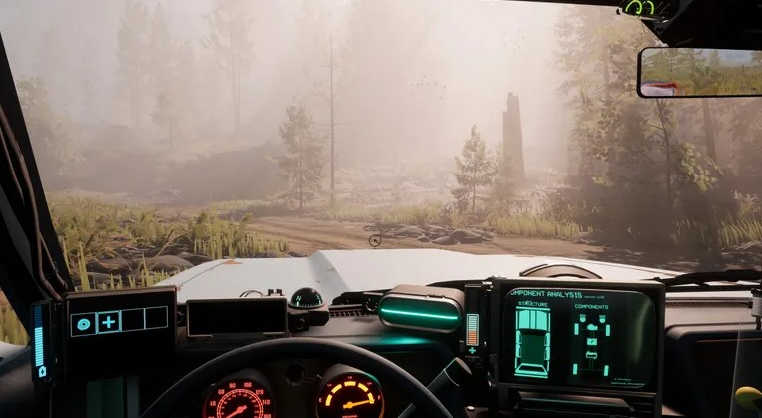
Pacific Drive emerges as a singular addition to the survival genre, offering a distinct blend of strategy, resource management, and high-stakes excursions. The intense balancing act required to navigate the hazards of the zone adds a layer of challenge, demanding strategic thinking and adaptability from players. The riveting tension that accompanies each run becomes a driving force, urging players to confront the difficulties head-on and emerge triumphant.
Despite the frustrations that may arise during the punishing process of managing a battered station wagon, the sense of ownership and connection to the metallic companion remains palpable. The triumphant emergence from the portal to safety, even with a car lacking doors and a dead engine, becomes a testament to the enduring spirit of the player’s journey. The unwavering commitment to fixing faults, buckling in, and perhaps playing with the Laika bobblehead on the dash reflects the profound connection between player and vehicle. In Pacific Drive, that frustrating hunk of metal is more than a means of transportation; it becomes a personal conquest, an embodiment of resilience in the face of adversity.
Read More – Ultros Game Review: A delirious Time Warp and Metroidvania.


